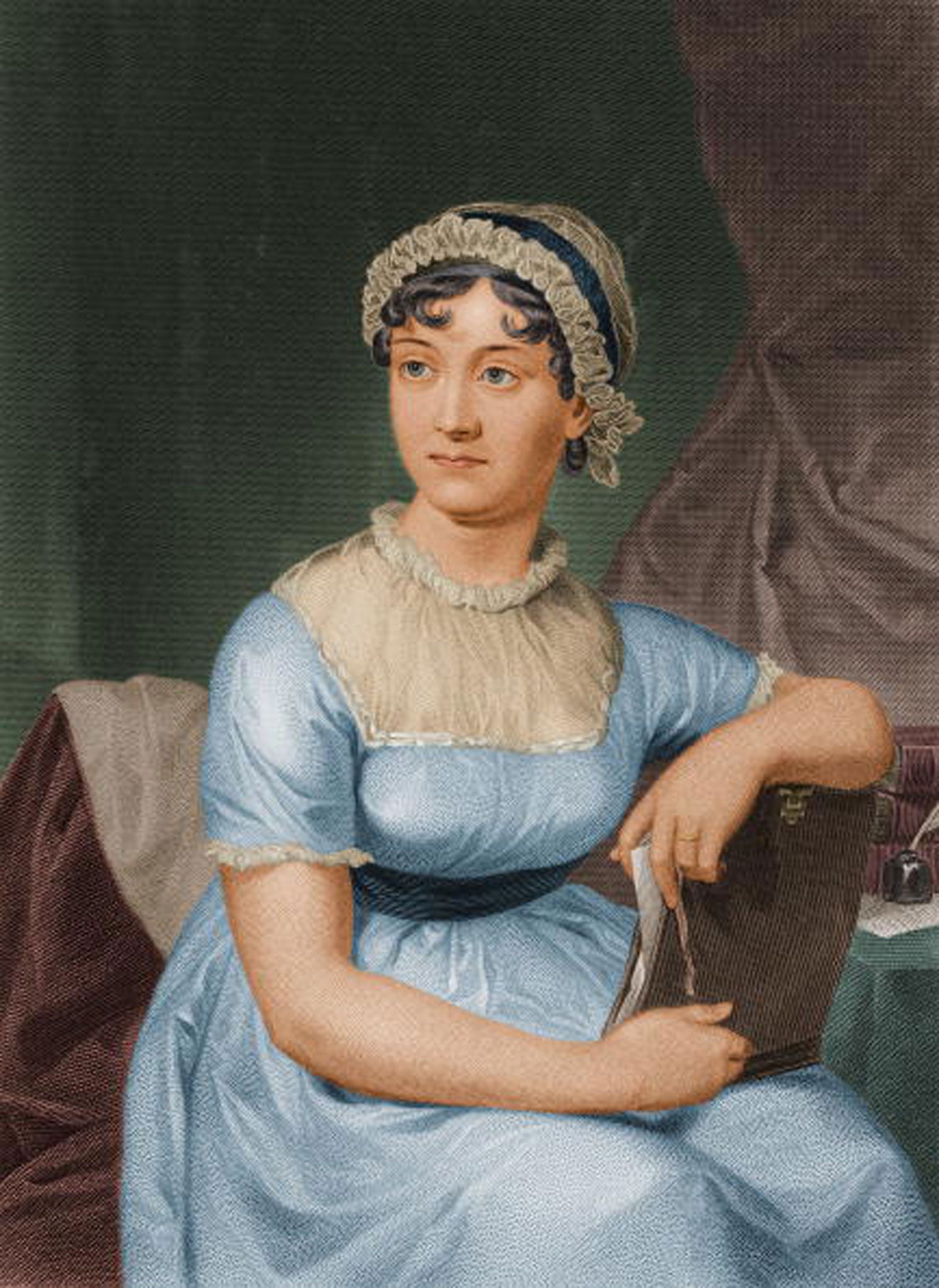The Real Jane Austen: A Life in Small Things, By Paula Byrne
This filigree life of a much-loved figure relishes fine details - but can overlook the bigger picture

Why are we so fond of Jane Austen? Her popularity is indestructible, while our appetite for writers far more famous in her lifetime – Scott, Wordsworth, Byron – is much diminished. One reason lies in the enduring success of the genre that she helped to create.
Each of her six novels turns on a skilfully-managed courtship plot, where the trials of a vividly-drawn heroine conclude in a satisfactory marriage. Most of Austen's admirers are women, and they commonly value her fiction for its sympathetic explorations of female experience.
Yet Austen is sceptical of excessive sentiment, just as she distrusts religious zeal, philosophical abstraction or grand historical narratives. She is a sharp and sometimes cynical observer of the connections between love and money. "Beside her Joyce seems innocent as grass," Auden remarked in 1937.
Her explorations of middle-class life, where comfort depends on solid moral values and a secure income, made her a pioneer in early 19th-century fiction. She is no fantasist, but more than a domestic realist. Austen's originality as a writer was shaped by the political conflicts of her day, struggles for power that were redefining relations between nations, classes, families, men and women. Her extraordinary intelligence expressed itself in decorous accounts of the romantic affairs of young women, but it had been honed by engagement with large, complex ideas.
2013 marks the 200th anniversary of the publication of Pride and Prejudice. The occasion will trigger a flurry of activity – lectures, festivals and conferences, commemorative stamps. Paula Byrne's biographical study is timed to coincide with this cultural bustle. She presents no startling discoveries, and the broad outlines of her narrative will be familiar to Austen enthusiasts – the congenial home in Steventon, the move to Bath and final years in Chawton.
Byrne's insistence that Austen is to be seen as a tough and ambitious professional writer is also part of an increasingly conventional picture. Austen fans are no longer content with the old Victorian emphasis on her supposedly modest spinsterdom, and she is being reconstructed as something closer to the model of the modern unmarried woman, talented and independent.
What is fresh in Byrne's biographical approach is her use of a succession of contemporary objects that Austen owned, or that might be seen in intimate connection with her interests – a card of lace, a cocked hat, two topaz crosses. This adds an attractive immediacy to a well-known story. Each of the objects exemplifies a theme, and their sequence traces a loose chronology that guides the reader though the incidents and preoccupations of Austen's life.
The book begins with a miniature silhouette portraying the moment when Austen's elder brother Edward was received by his uncle Thomas Knight and his wife Catherine, a rich childless couple who chose to adopt him as their heir.
Byrne uses the image to explore the consequences of inheritance in relations between branches of an extended family. She weaves an absorbing story around the portrait, noting its echoes in the recurrence of adoption, formal and informal, in Austen's novels. Fanny Price is transferred into the Bertram household in Mansfield Park, Emma's Frank Churchill is adopted, while the orphaned Jane Fairfax is brought up by the Dixons. Social history is colourfully interwoven with fictional detail and biographical circumstance.
Byrne's focus on evocative objects allows her to say a good deal about the material culture of Austen's social circle. Women's interests are foregrounded, and two of her most intriguing chapters take textiles as their starting point. A graceful East Indian shawl illustrates associations with a world beyond English shores, particularly reflected in the life of Jane's spirited cousin, Eliza Hancock, who spent her early years in India, later marrying a French soldier guillotined during the Terror of 1794.
A further chapter considers a card of lace, dwelling on the significance of shopping and dress. Byrne describes the potential disgrace of a court case in which Austen's moneyed Aunt Leigh-Perrot was accused of stealing an expensive lace card in Bath. She was acquitted, but the story is another illustration of Austen's encounters with the insecurities inherent in women's social position.
Byrne's affectionate study paints a pleasingly lively picture of Austen's life. However, there is a danger in concentrating on these incidental objects as the means of organising a biography. It is a method that might imply diminution. This is not what Byrne intends, but her relaxed style cannot fully reflect the intellectual force and technical brilliance of Austen's fiction. Her tactics give the impression of a somewhat randomly directed understanding, and it unwittingly reinforces the assumption that women are naturally concerned with small things, not big ideas.
Austen's tightly-worked narrative patterns are defined by the ways in which everyday objects and events reveal wider moral and political issues. Her uncompromising conservatism is of a kind alien from 21st-century values, weighing character in terms of its recognition of truths outside individual judgement, and resisting what she saw as self-indulgent revolutionary fervour, or the hazardous seductions of personal fulfilment.
Hostile to the arrogant libertinism of the aristocracy, Austen is unpersuaded by Romantic egalitarianism. She urges the claims of an honourable gentry, bound by the codes of land, church and military discipline. For her readers, this need not matter. Every generation is entitled to prioritise its own reasons for rediscovering the power of the novels. It is up to biographers to remind us that great work may emerge from minds very different from our own.
Dinah Birch is professor of English at Liverpool University, and editor of the 'Oxford Companion to English Literature'
Join our commenting forum
Join thought-provoking conversations, follow other Independent readers and see their replies
Comments